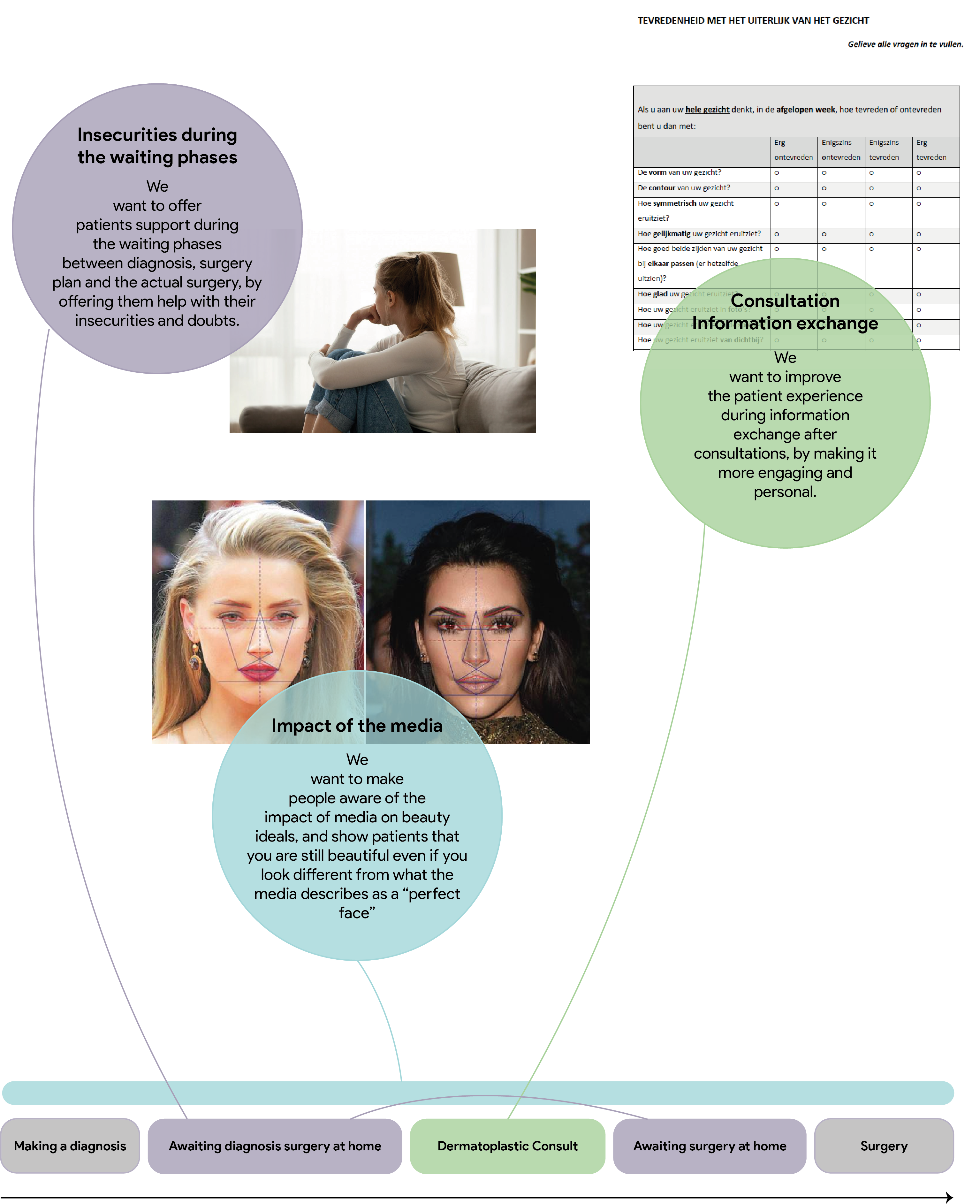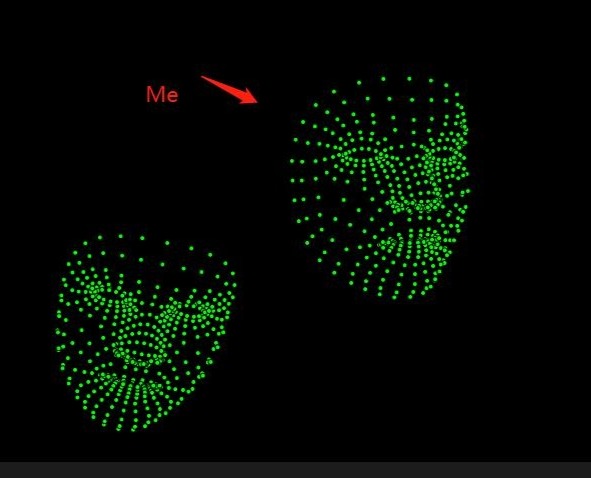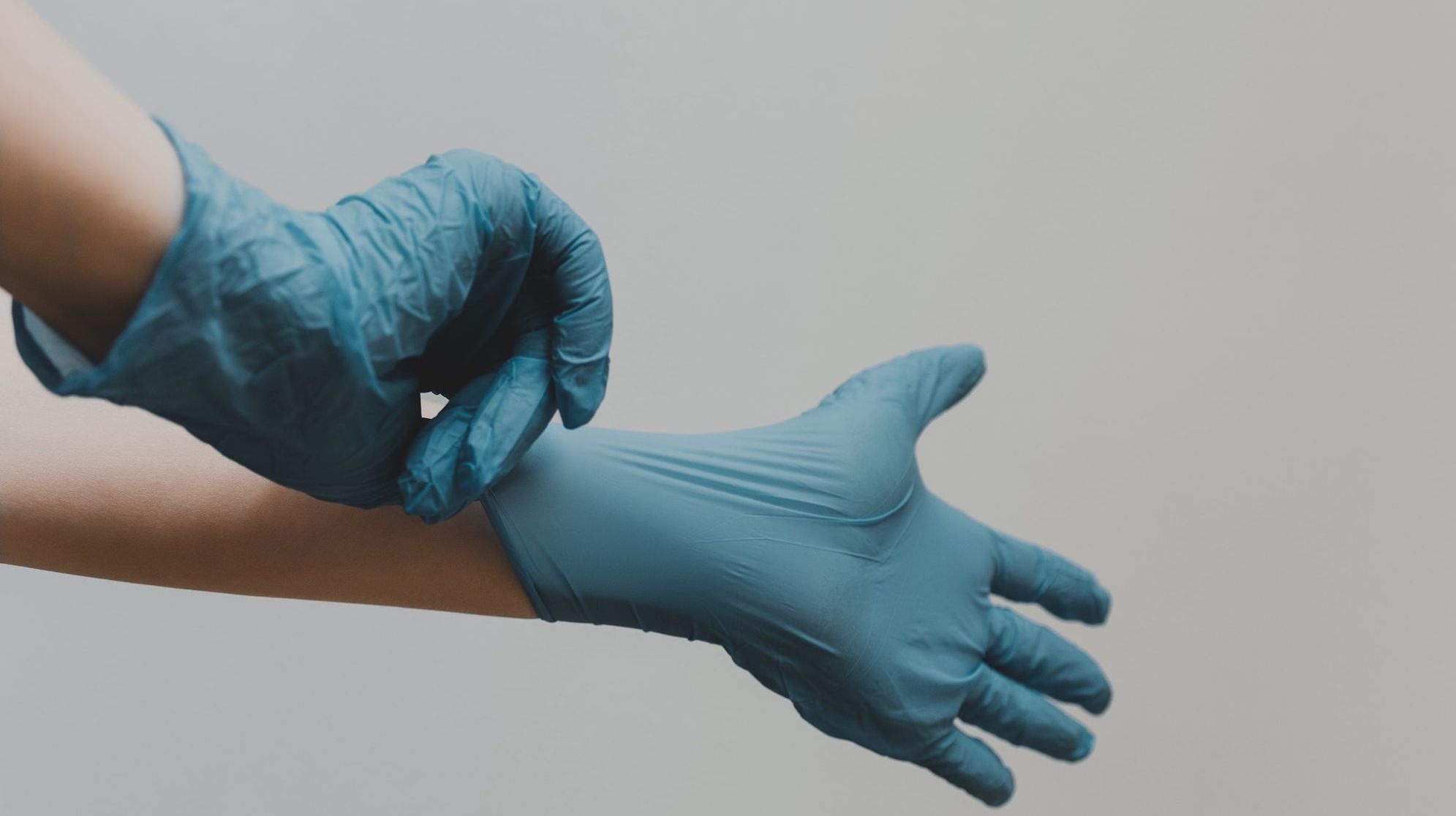
Exhibition 1_Page Group 22
| Team number | ?Group 22 |
|---|---|
| Students | W.KBenthe Rahul RaghoenathFlora Kurti Rahul RaghoenathFlora Kurti |
| Coach | Gijs Huisman |
| Brief | Erasmus MC |
| Keywords | 'beauty standards'chatbot friendinteractive questionnaire |
| Exhibition link | |
| Status | Finished |
| One liner! | Improving the perception of postoperative reconstructive outcomes |
| Link to video |
INTRODUCTION
Hi there!
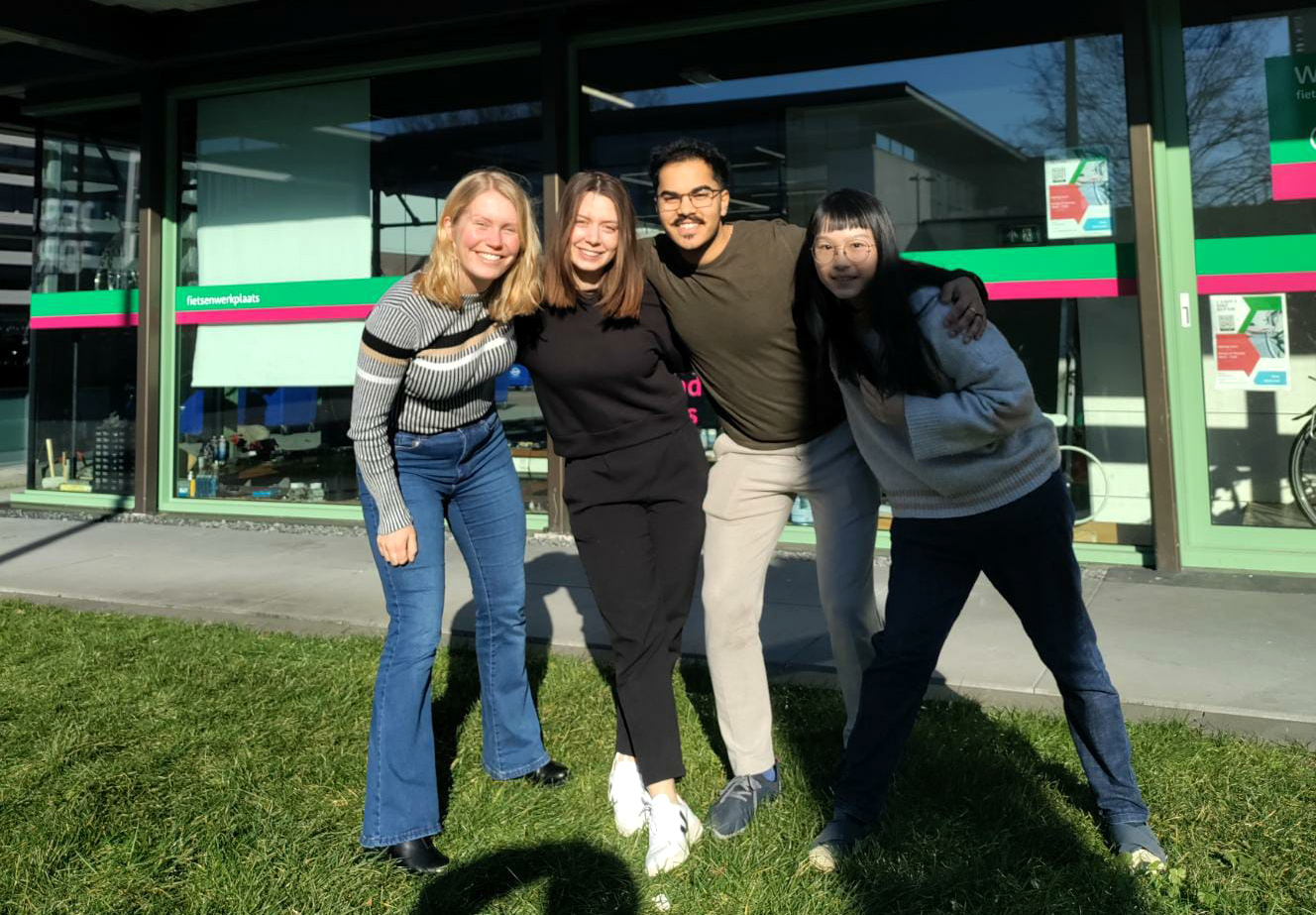
We are Benthe, Flora, Rahul, and Kang, and together we form Team 22. In the past few weeks, we have spent every Friday creating prototypes to help the Erasmus Medical Centre (Erasmus MC) improve their patient experience. We experimented with three prototypes, targeting different phases and issues during the process leading up to the surgery.
CONTEXT - Reconstructive surgery @ Erasmus MC

The Erasmus MC is one of the most authoritative scientific University Medical Centers in Europe. The department of Plastic, Reconstructive, and Hand surgery are specialized in reconstructive surgery following oncological diseases, congenital disorders, and acquired conditions of the upper extremity, skull, and face that impair shape and function.
The goal of reconstructive plastic surgery is to maintain or improve the quality of life for patients after the oncological resection of malignant tumors in the face, head and neck area or breast. This is a complex situation, encompassing medical outcomes as well as personal identity and experience of the world. Improving patients? relationship to the process has a large effect on their experience, their satisfaction with the procedure and their final quality of life.
DESIGN GOAL

URL source image.

OUR THREE PROTOTYPES The covered solution spaces
Over the past three weeks, we created a new prototype every week. We tried to cover a different aspect of the pre-operative experience with every prototype, looking at different phases in the user journey. The image below shows an overview of the areas that we covered and their relationship to the patient journey.
Apart from covering different solution spaces, we also tried out different technologies. The technologies that we used are:
- Teachable Machine: use AI for image recognition
- AI conversation software
- AR-software
- Arduino to create a physical interface
PROTOTYPE 1 - ?BEAUTY IDEAL OR NOT?

- Making patients aware of the media?s influence on perceived beauty standards
- Decrease the negative impact of social media on self-image and self-confidence
- The message of the prototype: you can still be/feel beautiful even if you differ from the media glorified ?perfection?.
Using AI (Teachable Machine) to recognise unrealistic/edited/filtered photographs and mark them on social media. We started experimenting with the program by comparing ratios of ?beauty standard? faces and ?normal - mundane? faces:

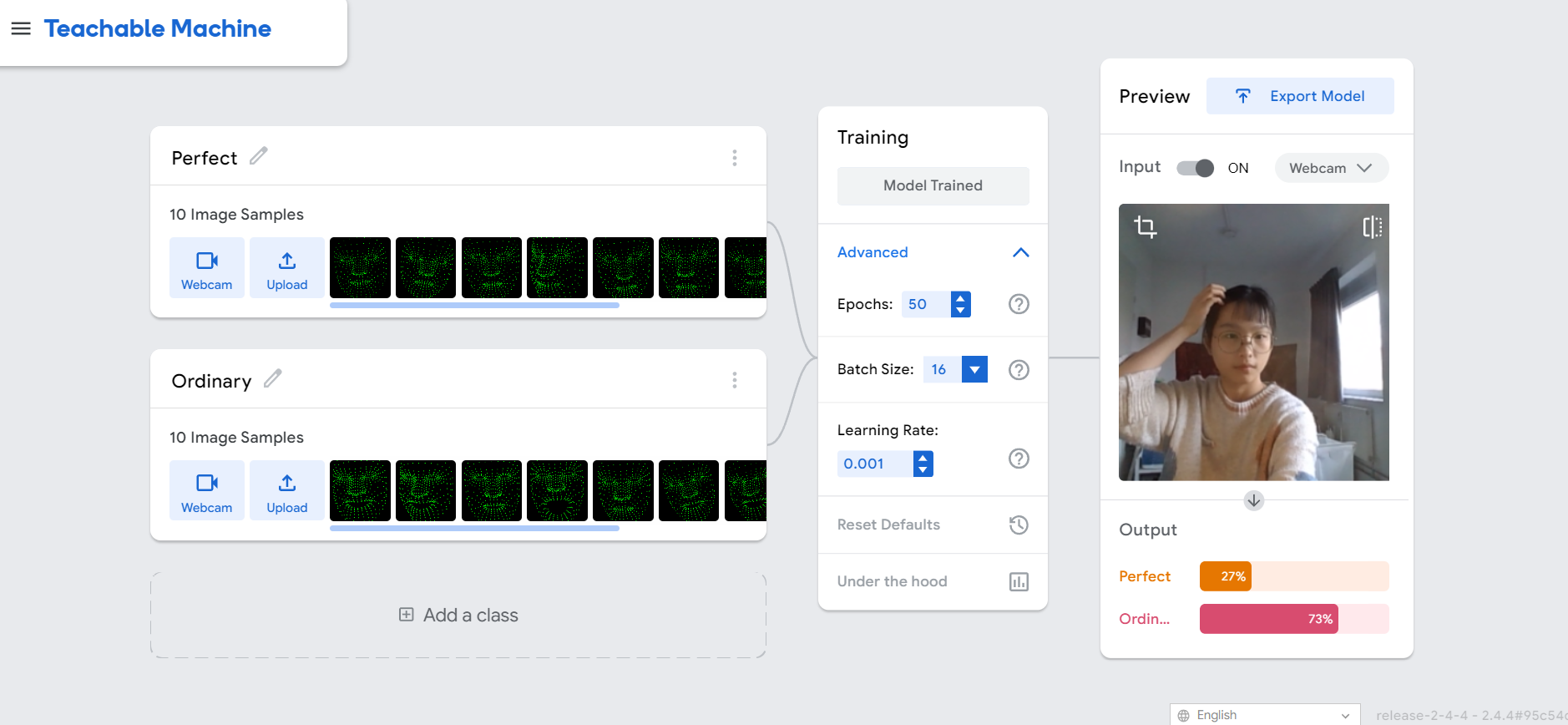
https://teachablemachine.withgoogle.com/models/BkatoiB5q/
INSIGHTS:
- People were puzzled about what to do with the labels that they were presented with.
- Emotional responses to the labels included: flattery, witty, but also confusion and the feeling of being offended.
- The actual prototype didn?t represent the idea (or the values) we wanted to communicate (we were limited by the lack of knowledge of technology and time).
? An important influence on the ?quality of life? and the patients? self-image, has to be addressed carefully and deliberately.
PROTOTYPE 2 - ?MY AI FRIEND?

- A chatbot for patients to talk
- Safe space for them to share their thoughts, and be understood
We created 3 personas to chat with in the form of former patients (depending on what the patient needs - supportive Josh, informative Emma, and reassuring Wouter).
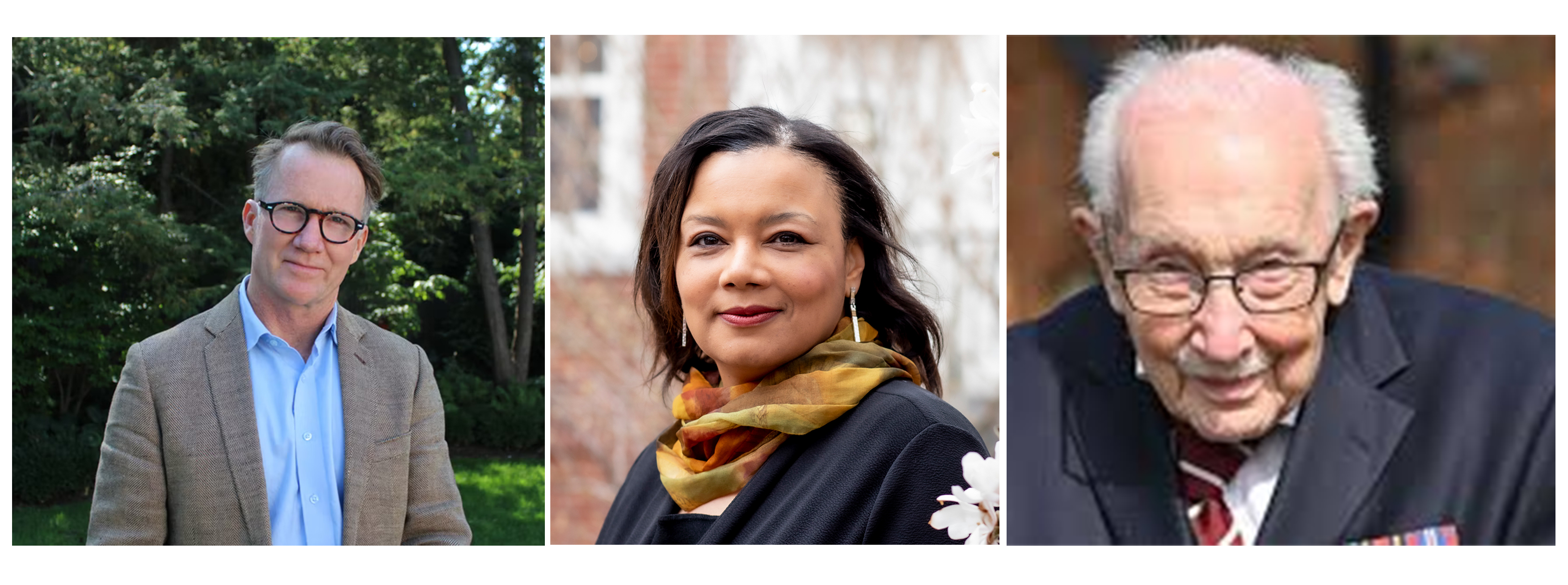
- Making it personal and informal
- Different tones of voices and personality
- Tailored to the mood and personal needs of the patients
All personas could refer the patient to the other ones if the conversation takes a turn where the other personas could help better. The simple flow of the possible conversation:
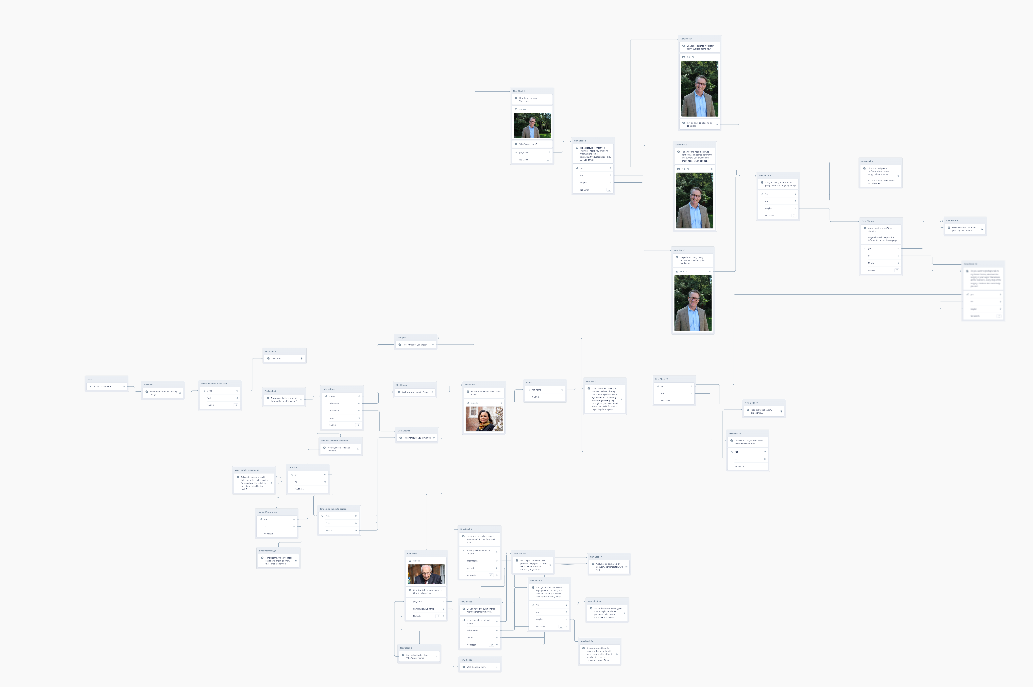

https://creator.voiceflow.com/prototype/622b2312c8d84b3b71cfd634
INSIGHTS:
- The participants reacted with different emotions to the different personas
- Two-fold reaction to the AI - being pulled in and pushed away (weirded out, yet intrigued)
- Participants enjoyed seeing actual people they knew - adding more photos (and people they know already) could be beneficial for a more positive result
? The words/phrases have to be carefully selected, the conversation shouldn?t be limited and controlled, to allow the feeling of a natural and realistic flow (and freedom).
PROTOTYPE 3 - ?INTERAICTIVE SURVEY?

Before patients undergo surgery, they have to fill in a questionnaire with questions about their physical health and how they see themselves. This is currently a non-personal and non-engaging questionnaire. We think that making this questionnaire more personal and engaging can be beneficial for the patient experience.
For the scope of the prototype, we focussed on only one part of the questionnaire. It currently looks like this:

Source: Face-Q Questionnaire
And made it more interactive and engaging by adding a physical slider (with colour-changing light), a screen that allowed the ?patient? to see themself with effects/filters connected to the question:
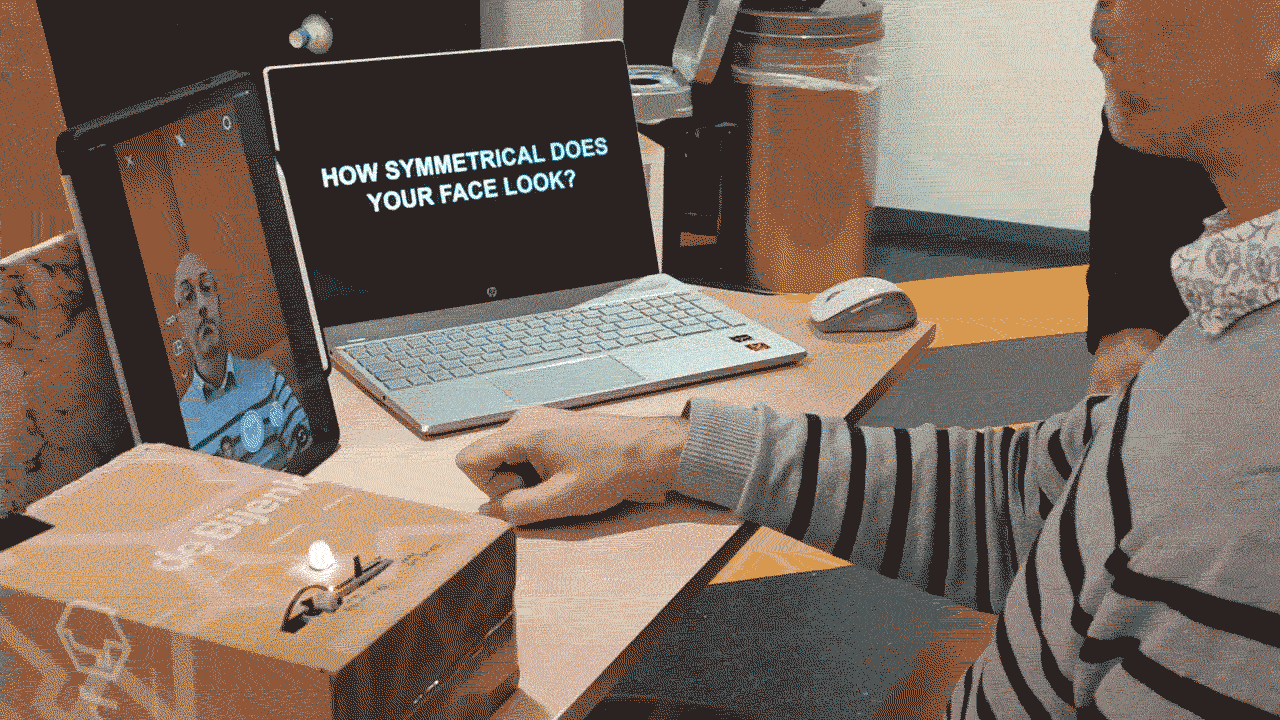
INSIGHTS:
- Using a slider (demanding a physical action) means that users put more effort into answering and therefore the answer has more weight.
- Participants found it helpful to see themselves while answering questions, but it resulted in a more ?objective? look on their appearance.
? We are unsure whether this would help or result in a negative outcome - this would help them see their faces in a more objective way, not focusing on how are they feeling about their face.
NEXT STEPS...
In the coming 8 weeks, we will...
- Develop a vision and decide on a design direction
- Do more iterative prototyping!
- Explore the possibilities and the opportunities (in that direction) to improve the quality of life
- Eventually, choose one core concept and create a working demo of that
